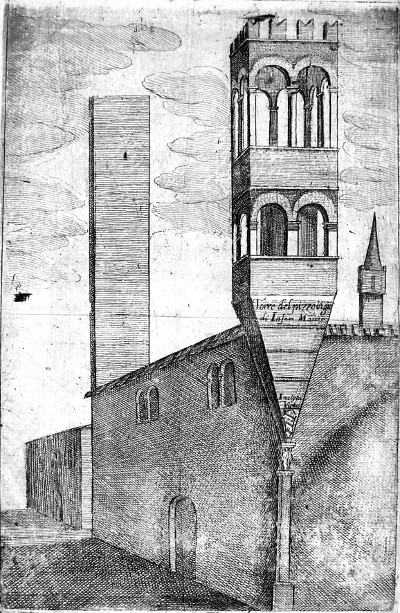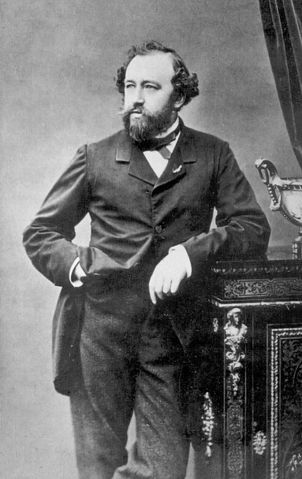In the 13th century, when the Earl of Chester was imprisoned by the Welsh in Rhuddlan Castle, his constable, Roger de Lacy, rescued him by mustering “a multitude of the shoemakers, fiddlers and loiterers” from the local fair. Pleasingly, in return he was given jurisdiction over all the minstrels and “disorderly characters” in Cheshire. In 1216 de Lacy handed down this privilege to his tenant, Hugh Dutton, and it remained in Dutton’s family, generally recognized as a right to license county musicians, for 500 years. From E.M. Leonard’s Early History of English Poor Relief, 1900:
It was the custom for the lord of Dutton to hold a Court at Chester on Midsummer day and in 1498 he received from the whole body of minstrels four flagons of wine and a lance with fourpence halfpenny from each of them. A Court of this kind was held as late as 1756. In nearly all the statutes concerning vagabonds until that of 1822, the rights of John Dutton’s heirs were preserved, so that in the seventeenth century the minstrels of Cheshire, license by the lord of Dutton, might wander without fear of the penalty inflicted on wanderers elsewhere, — a curious but direct consequence of an incident of border warfare in the early part of the thirteenth century.
“Few facts illustrate better both the continuity of English history and the toleration of anomalies by English law than this perpetuation of the quaint jurisdiction of the house of Dutton for more than six centuries.” (More here.)
(Thanks, Keith.)





